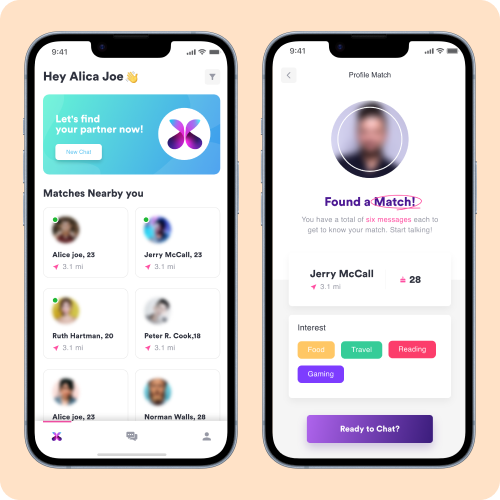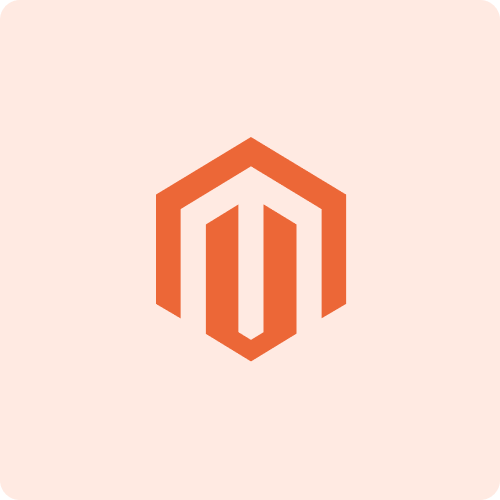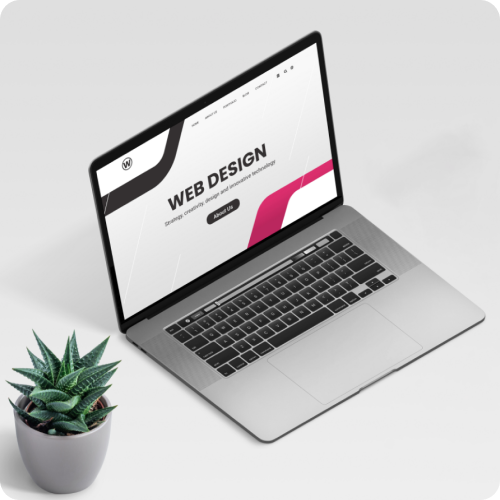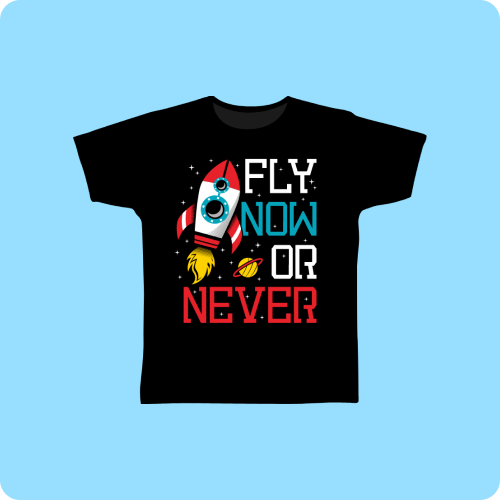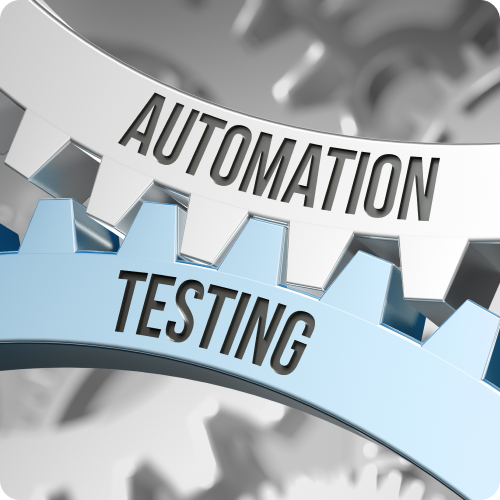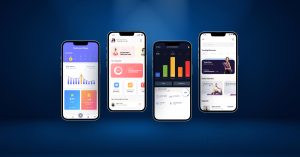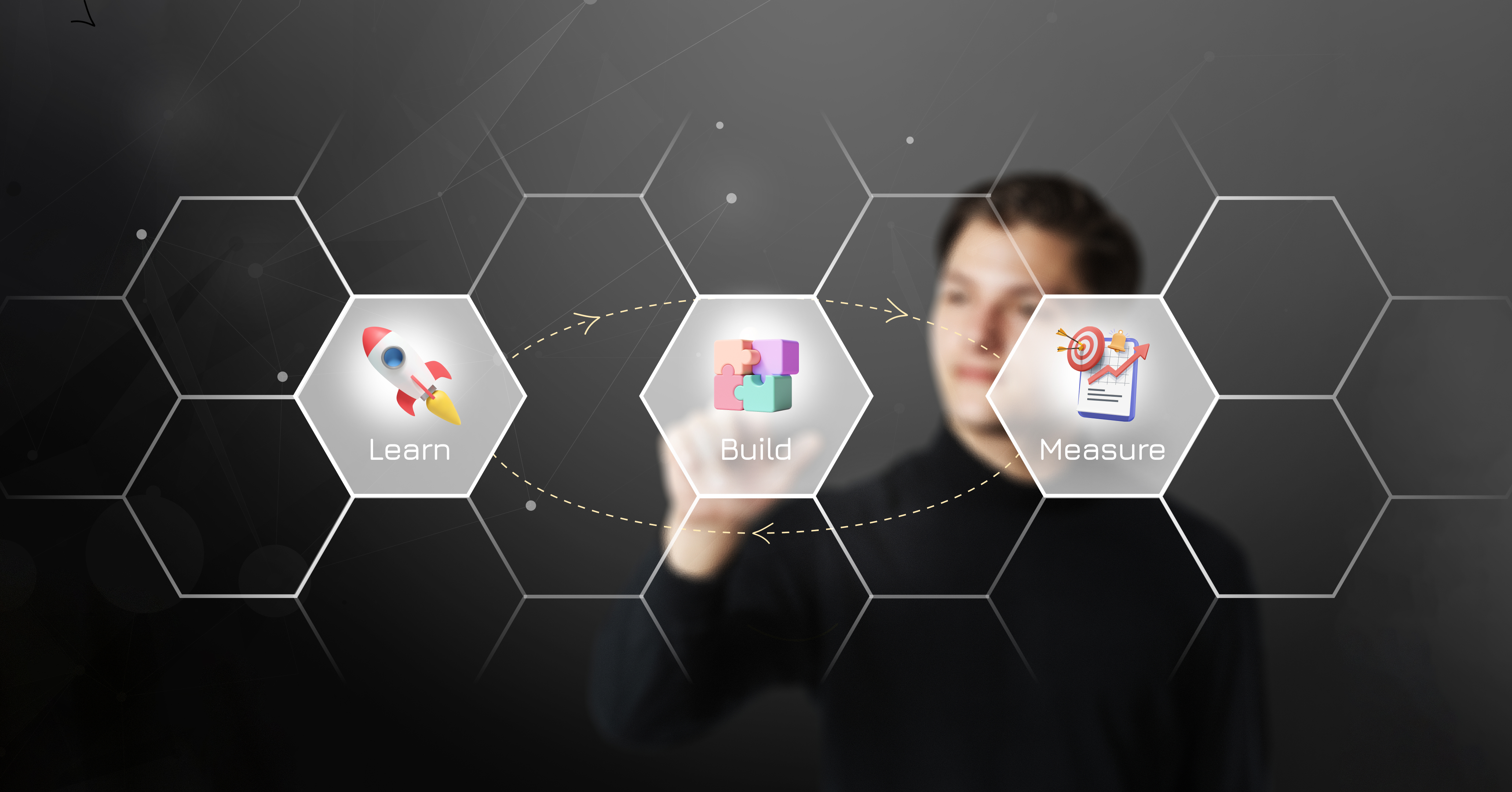In today’s digital age, it is no secret that mobile apps are increasingly becoming an essential part of our lives. With the rise of health and fitness trends, fitness app development has become even more prominent as people are looking for ways to maintain a healthy lifestyle, track their fitness goals, and monitor their progress.
The advent of fitness apps has revolutionized the way we approach health and fitness. One such app that has gained immense popularity is MyFitnessPal. Apps like MyFitnessPal have taken the industry by storm which is why every fitness industry entrepreneur wants to build a fitness app based on the latest healthcare trends that is just as profitable.
MyFitnessPal is a free app that allows users to track their diet, exercise, and weight, as well as set goals and monitor progress. The app has over 200 million registered users and has been a game-changer in the fitness industry.
If you’re an entrepreneur or a fitness enthusiast looking for how to build a fitness app or develop apps like MyFitnessPal, this blog will guide you through the process. We’ll cover everything from understanding the market, developing a business plan, and designing and developing the app.
The transnational fitness app market was worth $4.4 billion in 2020 and is expected to expand at a healthy 21.6% CAGR from 2021 to 2028. Approximately 19% of smartphone users have at least one health-tracking app installed. It could be about diet, exercise, nutrition, or something else.
The health and fitness industry has become one of the most popular and profitable sectors in the world today. In recent years, the emergence of fitness app development transformed the way people maintain their fitness and health goals.
There are numerous fitness apps on the market, each with its unique features and functionalities. One of the most popular fitness apps is MyFitnessPal.
If you are looking to develop apps like MyFitnessPal, this blog will provide you with a step-by-step guide on how to create a successful app. This guide will cover everything from market research to monetization strategies.
Read More: How Much Does It Cost to Make A Fitness App
How to Build a Fitness App – Fitness App Development
To learn more about fitness app development or how to build a fitness app or apps like MyFitnessPal, here are a few essentials you will need to process before you begin fitness app development.
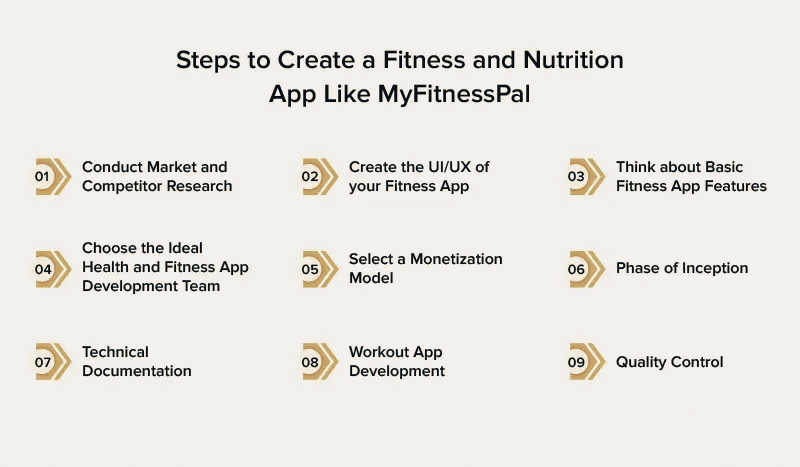
Understanding the Market
To build a fitness app, the first step is to understand the market. There are several fitness apps out there, and you need to know what makes your app unique and how it will stand out in the market.
For fitness app development, start by conducting market research to understand the needs of your target audience. This will help you identify the features and functionalities that your app should have to meet the needs of your users.
The first step in developing successful fitness apps like MyFitnessPal is to conduct market research. This research will help you understand the target audience, the competition, and the features that users are looking for in a fitness app.
Some of the key questions to ask during your market research for fitness app development include:
- Who is your target audience?
- What features does your target audience desire?
- What are the strengths and weaknesses of your competitors?
- What is the current market size and growth potential?
After answering these questions, you will be better equipped to build a fitness app that meets the needs of your target audience and stands out from the competition.
Additionally, you need to analyze your competitors to understand what they are doing right and what they are missing. This will help you identify the gaps in the market that your app can fill.
Some of the popular fitness apps in the market include MyFitnessPal, Fitbit, and Nike Training Club. When building apps like MyFitnessPal, developing MyFitnessPal API is highly recommended.
Developing a Business Plan
Once you have a clear understanding of the market, the next step is to develop a business plan for your fitness app development project.
Your business plan should outline your app’s goals, objectives, target audience, revenue streams, marketing strategies, and budget.
Start by defining your target audience for your fitness app development.
Who is your app for, and what are their needs?
This will help you create a user persona, which is a detailed profile of your ideal user to build a fitness app. This will guide you in developing features that are tailored to your target audience.
Next, you need to define your revenue streams. How will you make money from fitness app development? Some of the popular revenue streams for apps like MyFitnessPal include in-app purchases, subscription-based models, and advertisements.
To build a fitness app, your marketing strategy should outline how you plan to promote your app and acquire users. This can include social media marketing, influencer marketing, and paid advertising.
Finally, when it comes to how to make a fitness app, you will need to create a budget that outlines your development and marketing costs. This will help you identify the resources you need to develop and launch your app.
Designing and Developing the App
The next step is to design and develop apps like MyFitnessPal. This is a crucial step in the process, as the design and functionality of your app can make or break its success.
Once you have completed your market research, it is time to start designing and developing your fitness app development project. This process involves several steps, including:
- Wireframing: This step involves creating a basic outline of your app’s user interface. You can use tools like Sketch or Figma to create wireframes that show how your app will look and function.
- Prototyping: After wireframing, the next step is to create a prototype of your app. This prototype will allow you to test your app’s functionality and make necessary changes before moving to the development phase.
- Development: This is the stage where you bring your app to life. You will need to hire a team of developers who are experienced to build a fitness app. Your developers should be able to code in programming languages like Swift, Java, or React Native.
- Testing: Before launching your app, test it out to debug any issues and fix them.
Start by creating a wireframe, which is a visual representation of your app’s layout and features. This will help you visualize the flow of apps like MyFitnessPal and identify any potential design flaws.
Next, you need to create a user interface (UI) design that is intuitive and user-friendly. The UI should be visually appealing and consistent with your brand identity for apps like MyFitnessPal.
Once you have finalized the design, you can start with fitness app development. You can hire a team of developers or outsource the development to a third-party company. Make sure that your app is developed using the latest technologies and is compatible with both iOS and Android platforms.
Fitness App Development for Apps like MyFitnessPal
Before diving into the technical aspects of how to build a fitness app, it’s essential to understand the user’s needs and preferences.
Apps like MyFitnessPal and their success can be attributed to their user-centric approach, which caters to a wide range of fitness enthusiasts, from beginners to seasoned athletes. Therefore, when developing a fitness app, it’s crucial to keep the following user requirements in mind:
- Personalization: Users prefer fitness apps that offer personalized recommendations based on their fitness goals, preferences, and past activities.
- Comprehensive Tracking: Users want to track various aspects of their fitness journey, including their daily calorie intake, macronutrient distribution, workout routines, and progress metrics.
- Social Features: Fitness enthusiasts like to connect and share their progress with friends, family, or other users within the app.
- Integration with Wearables: Users expect fitness apps to integrate with wearable devices, such as smartwatches and fitness trackers, for more accurate tracking and analysis.
With these user requirements in mind, let’s discuss the key features and functionalities of apps like MyFitnessPal.
Features of Apps like MyFitnessPal
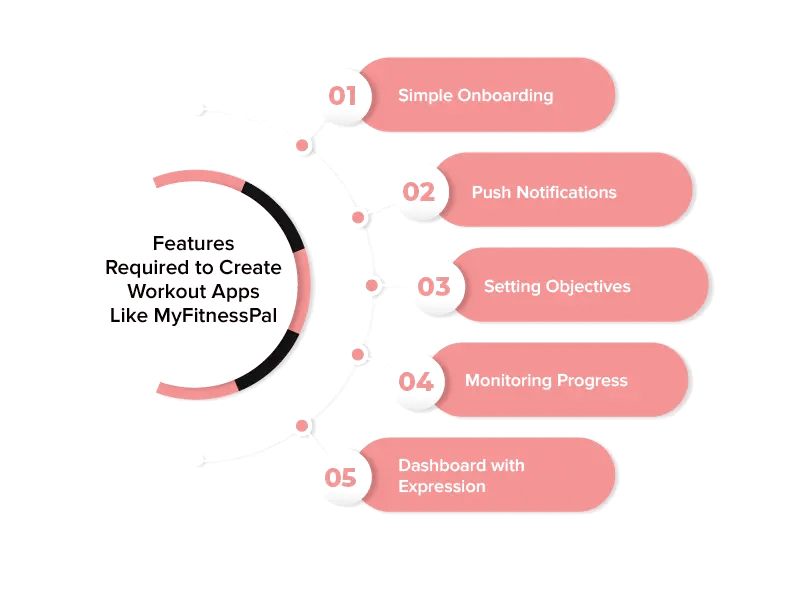
Now that we have covered the basics of how to build a fitness app, let’s take a look at some of the essential features of apps like MyFitnessPal:
- User Registration and Profile Creation
The first step in building a fitness app is to allow users to create their profiles by providing their personal information, fitness goals, and preferences.
This information will be used to personalize the user experience and provide relevant recommendations.
User registration can be done through various methods, such as email, social media, or phone number verification.
- Calorie Tracking and Nutritional Analysis
One of the essential features of apps like MyFitnessPal is to allow users to track their calorie intake and nutritional values. The app can provide a comprehensive database of food items and their nutritional values, enabling users to log their meals easily.
The app can also provide personalized recommendations based on the user’s goals and preferences.
One of the most important features of apps like MyFitnessPal is the ability to track calorie and nutrient intake. The app should allow users to enter their daily food intake and track the number of calories and nutrients they consume. The app should also have a comprehensive database of foods and their nutritional values.
- Workout Tracking and Analysis
The app should allow users to track their workouts and progress metrics, such as weight, body measurements, and performance. Users can set fitness goals, such as running a mile or jogging.
This app should allow users to track their exercise routines and set fitness goals. The app should have a library of different exercises and workouts, and users should be able to customize their workout routines based on their fitness goals.
Read More: Build Your Own Yoga Routine App like Asana Rebel
- Progress Tracker
The app should have a progress tracker that allows users to monitor their progress and track their fitness goals. The app should provide users with detailed reports and insights about their progress over time.
- Social Sharing
A fitness app should also have social sharing features that allow users to share their progress with friends and family on social media platforms. This can help to motivate users to stay on track and reach their fitness goals.
- Health & Fitness Tips
To enhance user experience and usefulness, an app like MyFitnessPal should provide a section dedicated to health and fitness tips. Users should receive regular suggestions and updates through the app to help them achieve their fitness goals.
Read More: Top 10 Healthcare Trends for Healthcare Apps
- In-App Purchases, Payment Gateway, and Subscription Model
Apps like MyFitnessPal should have a revenue stream that allows users to purchase premium features or sign up for a subscription-based model. This can include access to personalized meal plans, personalized workout routines, and more.
Additionally, integrating a payment gateway for your fitness app development is crucial if the app offers premium features or related health and fitness products for purchase.
Apps like MyFitnessPal should also be designed to link external wearable devices, allowing users to track their daily activities and diet seamlessly.
- Personalized Recommendations
Fitness app development should provide users with personalized recommendations based on their fitness goals, activity level, and nutrition preferences.
For example, if a user wants to lose weight, the app should provide them with personalized meal plans and workout routines that will help them achieve their goals.
- Integration with Wearable Fitness Devices
It is important to have apps like MyFitnessPal smartly integrated with wearable devices such as fitness trackers and smartwatches are becoming increasingly popular. Users should be able to sync their wearable fitness devices with the app to track their daily activity levels and monitor their progress.
- Push Notifications
For apps like MyFitnessPal, push notifications can be a powerful tool for engaging. Send reminders and motivational messages to users to encourage them to stay on track with their fitness goals.
- Analytics and Reporting
Apps like MyFitnessPal should provide users with analytics and reporting features to track progress, set goals, and monitor their overall fitness journey.
When you build a fitness app with these features, it will require the expertise of fitness app development specialists, database management, UI/UX design, and mobile app development.
- Dashboard Analog Display with Emotion
Dashboards are the windows through which users can see what has to be done, and how to do it, and then monitor their progress. The straightforward navigation and user-friendly user interface of the software should make it easy to understand the user dashboard, personal trainer dashboard, and admin panel.
For the user to set their profile and view their current progress towards the specified target while navigating the app, the dashboard of apps like MyFitnessPal should be easy to grasp. MyFitnessPal API is highly recommended to offer intuitive UI and a commendable user experience.
How Are Apps like MyFitnessPal Profitable?
It is common for entrepreneurs in this industry to wonder about MyFitnessPal cost and how it has developed its monetization models.
There are several ways that fitness app development can be profitable. Here are some popular monetization models for apps like MyFitnessPal:
Subscription model: One of the most popular ways to monetize apps like MyFitnessPal is through a subscription model. Users pay a monthly or yearly fee to access premium features such as personalized workout plans, nutritional advice, and progress tracking.
This model is popular because it provides a steady stream of revenue and encourages users to commit to their fitness goals.
In-app purchases: Another way to monetize apps like MyFitnessPal is through in-app purchases. Users can purchase additional features, such as premium workout plans, access to expert trainers, or exclusive content.
This model works well if the app has a loyal user base who are willing to invest in their fitness goals.
Advertising: Some fitness apps monetize through advertising. This can be done by displaying ads within the app or by partnering with fitness-related brands to promote their products.
This model is often used by free apps that have a large user base, as advertisers are willing to pay for access to that audience.
Affiliate marketing: Fitness apps can also earn revenue through affiliate marketing. This involves partnering with fitness-related brands and promoting their products within the app. If a user purchases the app, the app earns a commission.
This model works well if the app has a large and engaged user base who are likely to make purchases.
Corporate partnerships: Some fitness apps partner with corporations to provide wellness programs to their employees. In these cases, the company pays for access to the app and encourages its employees to use it as part of their wellness program.
This model works well for apps that have a proven track record of helping users achieve their fitness goals.
Conclusion
Developing apps like MyFitnessPal can be a challenging task, but with the right planning and execution, fitness app development can be a rewarding venture.
The key to success is to understand the needs of your target audience, develop a comprehensive business plan, and design and develop an app that meets the needs of your users.
Remember that when you build a fitness app, it is not just about developing an app with features and functionalities. It is about creating an app that provides value to users and helps them achieve their fitness goals.
By keeping this in mind and incorporating the essential features we shared, you can build a fitness app that stands out in the market.
Take your fitness app development to greater heights by working with our team experts at Resourcifi. We are an award-winning mobile app development company with a specialization in fitness app development projects in the health and fitness industry. Contact us now to know the cost estimates.
Don’t just take our word for it, check out what our clients in the health and fitness industry have to say about our fitness app development services.
FAQs on Fitness App Development for Apps like MyFitnessPal
How much does MyFitnessPal Cost or apps like MyFitnessPal could cost?
The free version provides users with basic tracking and analysis of their daily food intake and exercise, while the premium version offers additional features such as advanced nutrient tracking, goal setting, customized meal plans, and an ad-free experience.
The cost of the premium version of MyFitnessPal varies depending on the subscription plan and the region. In the United States, the current cost of the premium version is $9.99 per month, $49.99 per year, or $79.99 for a one-time payment for a lifetime subscription. However, prices may differ in other regions.
Other apps similar to MyFitnessPal may also have varying pricing models and subscription plans. It’s best to check their respective websites or app stores to see their current pricing and offerings.
How to Make a Fitness App?
Fitness app development requires a combination of technical knowledge, design skills, and an understanding of the fitness industry. Here are some steps to follow to develop apps like MyFitnessPal:
- Define the app’s purpose: Identify the specific fitness niche you want to target with your app, such as weight loss, bodybuilding, yoga, or running.
- Research your target audience: Learn about your target audience’s preferences, challenges, and goals, and incorporate these insights into your app’s design and features.
- Develop a business plan: Determine your app’s revenue model, such as subscription fees or in-app purchases, and create a budget and timeline for development.
- Hire a development team: Find experienced developers who can build the app’s infrastructure and ensure its functionality and security.
- Design the user interface: Create an intuitive and visually appealing interface that guides users through the app’s features and benefits.
- Integrate fitness tracking technology: Incorporate features such as GPS tracking, heart rate monitoring, and step counting to provide users with accurate fitness data.
- Add social features: Enable users to connect with friends and trainers, join fitness challenges, and share their progress on social media.
- Test and refine the app: Conduct thorough testing to ensure the app is bug-free and user-friendly, and make adjustments based on user feedback.
- Launch and market the app: Release the app on the app stores and use various marketing strategies, such as social media ads, influencer partnerships, and content marketing, to attract users.
Remember that successful fitness app development requires ongoing updates and improvements to keep users engaged and motivated to achieve their fitness goals.
What are the features to include apps like MyFitnessPal?
Apps like MyFitnessPal typically offer a range of features to help users track their fitness progress and achieve their health goals. Some key features to include for fitness app development are:
Food tracking: Allow users to log their meals and track their calorie intake.
Exercise tracking: Enable users to record their workouts, including cardio and strength training.
Nutrient analysis: Provide users with information on their macronutrient and micronutrient intake.
Goal setting: Allow users to set fitness goals and track their progress towards achieving them.
Personalized recommendations: Provide users with personalized recommendations for workouts, meals, and supplements based on their goals and preferences.
Social features: Enable users to connect with friends and trainers, join fitness challenges, and share their progress on social media.
Integration with wearable devices: Connect with wearable fitness devices to track activity and sync data with the app.
Coaching and support: Offer users access to virtual coaches or support groups for added motivation and accountability.
Data visualization: Use graphs and charts to help users visualize their progress and identify areas for improvement.
By including these features, your fitness app development can create solutions that help users stay motivated, track their progress, and achieve their health and fitness goals.










